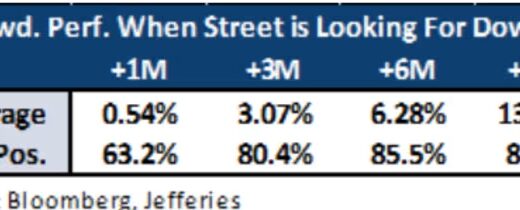Resist the FOMO: Navigating S&P 500 Records Without ‘Envy
When stocks are booming and bonds are lagging, as they are now, it can be tough to convince investors that diversification is still essential. With the S&P 500 up nearly 12% year-to-date in mid-May and the Dow Jones Industrial Average hitting 40,000, many investors experience “S&P 500 Envy” if their returns fall short of these benchmarks.
This sentiment wasn’t an issue in recent years when both stocks and bonds were down, but a similar situation occurred in 2018, fostering the “S&P 500 Envy” concept. BlackRock even created a presentation to help financial advisers address this with clients, demonstrating that while a diversified portfolio might underperform the S&P 500 in the short term, it often yields better long-term results.
A key graphic from this presentation showed that during years like 2000-2002, 2008, 2020, and 2022, when the S&P was down, a diversified portfolio also declined but by a smaller margin, leading to investor dissatisfaction. Conversely, from 2009 to 2019 and in 2023, when the S&P surged, a diversified portfolio grew more modestly, causing envy. Over the long run, however, the diversified portfolio outperformed the S&P, proving that “diversification can work, even when it feels like it’s losing.”

Nicholas Olesen, a certified financial planner with Kathmere Capital Management, reinforces this point. He advises that diversification hedges against economic fluctuations and addresses recency bias, the tendency to believe recent trends will continue indefinitely. Olesen emphasizes the importance of a balanced approach tailored to individual investor needs and sticking to this plan despite market volatility.
Ross Haycock, a certified financial planner with Summit Wealth Group, also champions diversification, invoking the timeless wisdom: “Don’t put all your eggs in one basket.” He notes that diversification discussions are easier with long-term clients who have experienced market cycles, while newer clients may need more reassurance during turbulent times.
One common mistake investors make when shunning diversification is focusing solely on bond prices rather than yields. Despite bonds underperforming in recent years, they still generate consistent, guaranteed yields, especially when held to maturity. Olesen warns against “statement shock,” where investors see a small daily return and compare it unfavorably to the S&P’s gains without considering the overall yield and long-term value.
Advisers stress the importance of following a well-considered plan and avoiding hasty decisions based on short-term market movements. By doing so, investors can avoid FOMO and ensure their portfolios are well-positioned for long-term success.




